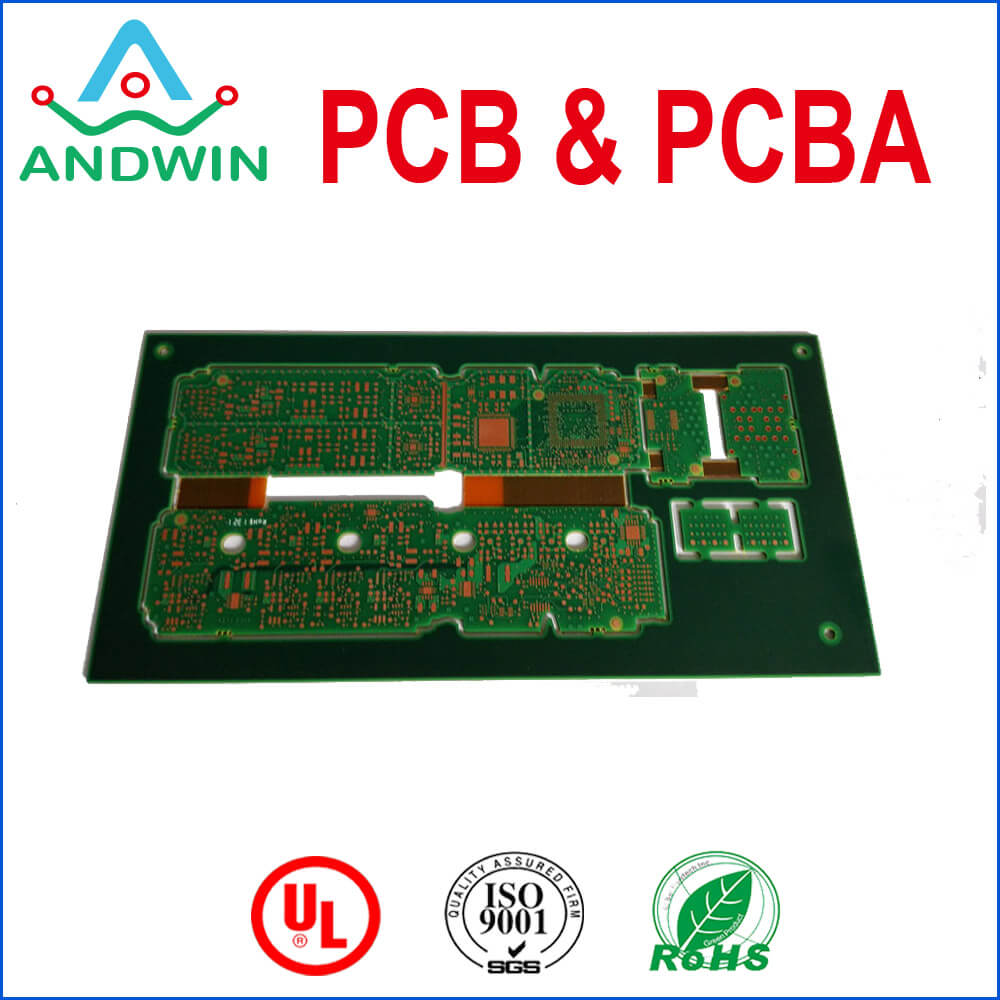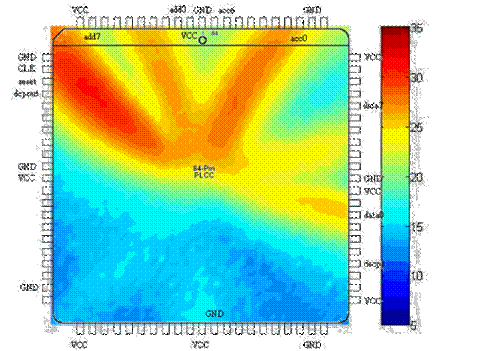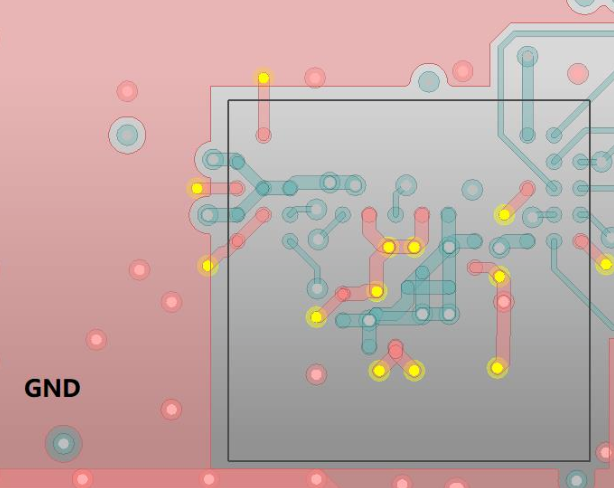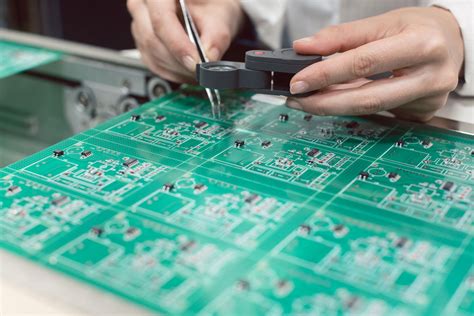PCB Supplier Selection Guide:Accurately Evaluate PCB Supplier Reliability From Five key Dimensions
In electronic product development,printed circuit board (PCBs)serves as the support for electronic component and provide electrical connection.Their quality directly impacts the performance and reliability of the entire product.Choosing a reliable pcb supplier is not only about cost control but also about product quality,delivery time,and long-term partnership stability.So how can we scientifically and comprehensively evaluate the reliability of a PCB supplier?This article will provide an evaluation framework base on five key dimensions.

1.Technical Capabilities and Manufacturing levels
Technical capabilities are the primary metric for evaluating PCB supplier should possess the technical capabilities that match your needs
Process Capability Assessment:
Minimum line Width/space:Does it meet the precision requirement of your current and future product?
Layer Capability:How many layer of multi-layer board can it reliably produce?
Special processes:Does it have specialized process capabilities such as HDI,blind and buried vias,blind and buried vias,impedance control,and gold finger processing?
Material Variety:Can it offer a variety of materials,including FR-4,high-frequency laminates,flexible PCBs,and metal substrates?
Advanced Equipment:
- Is the production equipment modern and automated?
- Is it equipped with a full range of testing equipment(flying probe testing,AOI testing ,X-ray inspection etc)?
- Is it equipped with a dedicated laboratory for reliability testing?
2.Quality System and Quality Control Process
Quality is the lifeblood of PCB products,and a reliable supplier must have a comprehensive quality management system:
Certification:
IS it ISO9001 Certified?
IS it UL certified(especially for North American export market)?
IS it IATF certified?Industry-specific certification such as ISO 16949(automotive electronics)and ISO 13485(medical devices)
Quality Control Process:
Comprehensiveness of incoming material inspection(IQC),in-process inspection(IPQC),and final quality control(FQC)
- Application of statistical process control(SPC)
- Transparency and traceability of quality data
- Defective product handling process and corrective and preventive measure

3.Capacity and Delivery Capacity
Stable and timely delivery ensure smooth project progress:
Capacity Assessment:
Monthly production capacity in square feet/square meters
Existing customer structure and capacity utilization
Peak season capacity bottlenecks and solutions
Delivery Performance:
- Standard delivery cycle
- Historical on-time delivery rate
- Expedited order handing capabilities and flexibility
- Logistics and distribution solutions and global delivery capabilities and flexibility
- Logistics and distribution solutions and global delivery capabilities and flexibility
4.Cost Structure and service support
Cost is not the only consideration,but a reasonable cost structure indicates the supplier’s management level:
Pricing Transparency:
Is the quote detailed and clear(material costs ,engineering costs,process fees,etc)?
Are there any hidden fees or minimum order quantities(MOQs)?
Is there a price adjustment mechanism and frequency?
Technical Service:
- Is the engineering support team professional and responsive?
- Is there a design optimization suggestion capability(DFM analysis)?
- Is there a quick response and resolution mechanism for issues?
- Is there technical support documentation and traning?
5.Sustainability and Partnerships
Long-term suppliers should demonstrare sustainnable development capabilities:
(1)Environmental Compliance:
Is the company compliant with environmental requirements such as RoHS and REACH?
Long-term suppliers should demonstrate sustainable development capabilities:
Environment Compliance:
Is the company compliant with environmental requirement such as RoHS and REACH?
Does the wastewater,waste gas,and waste residue treatment meet environmental standards?
Financial Status:
Is the company financially healthy(this can be verified through third-party channels?
Are there ongoing equipment investment and technology upgrade plans?
Collaborative Culture:
Is communication smooth and efficient?
Is there a willingness to establish a long-term partnership?
Is the company’s problem-solving attitude evasive of proactive?
Practical Assessment Steps
1.Preliminary Screening:Preliminary screening of 3-5 candidate suppliers through industry exibitions,B2B platforms,and peer recommendations.
2.Document Review:Requires company profiles,capability manuals,certifications,process standard,and other documents.






